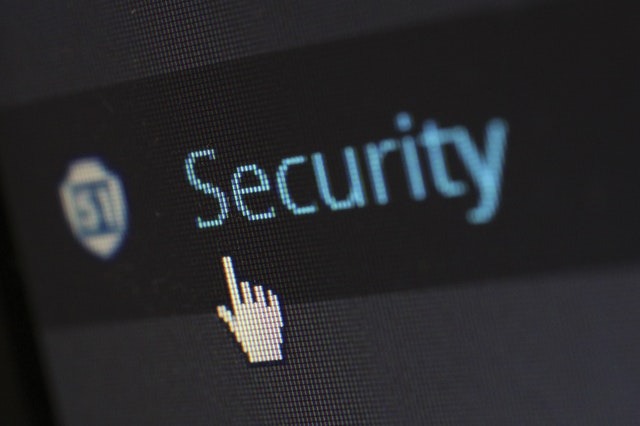Google started offering two-factor authentication (2FA) back in 2011 and urged users to opt for it to enhance their account security. Continue reading →
Since passwords are required in most accounts and apps, it is difficult to set up different passwords for each account/app. So, most people tend to use the same password to access all their accounts, including both personal and work accounts. This negligence of people has empowered cybercriminals to focus on stealing passwords as the main trick to penetrate systems and networks. In fact, 81% of data breaches are found to happen just due to reused, weak, and compromised passwords.


Google has been stressing users to set up strong passwords for long time now. On a daily basis, Google checks 1 billion passwords for breaches. Its Password Manager also informs the users if their passwords are stolen or unsafe. However, Google has realized a while ago that only strong passwords are not the solution today. Billions of passwords have been hacked in recent years as per the Google research. So, Google started offering two-factor authentication (2FA) back in 2011 and urged users to opt for it to enhance their account security.
Two-factor authentication (2FA) is a second security defense after password verification. The user first enters the password and then it is asked to verify again via a security token (passcode) or biometric verification. This way, even if attackers get access to a user’s password, they won’t be able to pass through the second verification stage.
Ever since Google started offering 2FA support, it was an opt-in choice for users. Google did try to encourage users to adopt this security practice over time, but the response was not that positive. Back in 2018, Google mentioned that just 10% of its active accounts have set up two-factor authentication. Since no company had made 2FA the default way of signing in, so the users were not interesting in using it.
Since May 2021, Google has started enabling 2FA for most users by default. In fact, it targeted to enable 2FA (by default) for around 150 million users by the end of 2021 and also made 2 million YouTubers turn it on. Therefore, if you are suddenly seeing a 2-step verification screen when you are trying to sign in to your Google account, then don’t panic. It is enabled by default from Google.
The interesting aspect of Google’s 2FA is that it does not require the installation or setting up of a special app to use the functionality. For Android users, they get a system-wide notification, while iOS users can get the passcode in the Google or Gmail app. In short, Google is trying its best to enforce 2FA and is even hoping to have a world without passwords.
Microsoft is actively introducing more advanced versions of Outlook with the passage of time, but still, there are many users that use Outlook 2010 and Outlook 2013 and are comfortable with the functionality of these older versions. Although the older versions of Outlook can serve the job rightly, they do come with some drawbacks. One such drawback is incompatibility with modern authentication systems. Outlook 2010 just supports basic authentication with no support for modern authentication systems. For Outlook 2013, it is again struggling to enable modern authentication because you need registry keys set up for every device that you want to enable modern authentication.
Now since Google has enabled two-factor authentication for millions of users by default, the users of Outlook 2010 and Outlook 2013 are struggling to pass through 2FA. Many have reported that Outlook 2010 won’t accept any password when 2FA is enabled. Some are complaining that they don’t get a prompt for the second authentication.
Since there is no proper support for modern authentication in Outlook 2010 and Outlook 2013, while the Microsoft support for these versions is also ended, so it is a frustrating situation for users to pass-through Google’s 2FA requirement. One possible solution for Outlook 2010 and Outlook 2013 users is to upgrade to Outlook 2016 or above versions, but that is a costly solution. Alternatively, users can use “App Password” to pass through the 2FA requirement.
Passwords are the first line of defense in the internet world but are getting badly exposed due to weak passwords, bad password management, and less awareness. Google has been emphasizing strong passwords and two-factor authentication for quite a long time now. In fact, it also introduced the top-notch Google Password Manager that removes the need of remembering the passwords, and allows users to set different and strong passwords for different accounts.
But now Google is getting the bold step and forcing millions of users to use 2FA. So, if you are using Outlook 2016 or above, then you will still get a seamless experience, but if you are a user of Outlook 2010 or Outlook 2013, then the Google 2FA is a concern for you. So, either upgrade your Outlook or try our app password solution to address this concerning situation.
When you’re ready to upgrade, trusted vendors like ServerMonkey have your back with tested, enterprise-grade…
The best VPS rental choice depends on your specific needs and technical capabilities. Ukrainian companies…
Mental health practice management software supports therapy, privacy, and billing. OBGYN EMR tracks pregnancies, labs,…
Internal Medicine EHR systems manage broad care needs. Mental health practice management software keeps records…
Oncology clinics that use Oncology RCM, Oncology Practice Management Software and Pediatric EHR provide safer…
y implementing these best practices, you can improve the efficiency and reliability of your international…